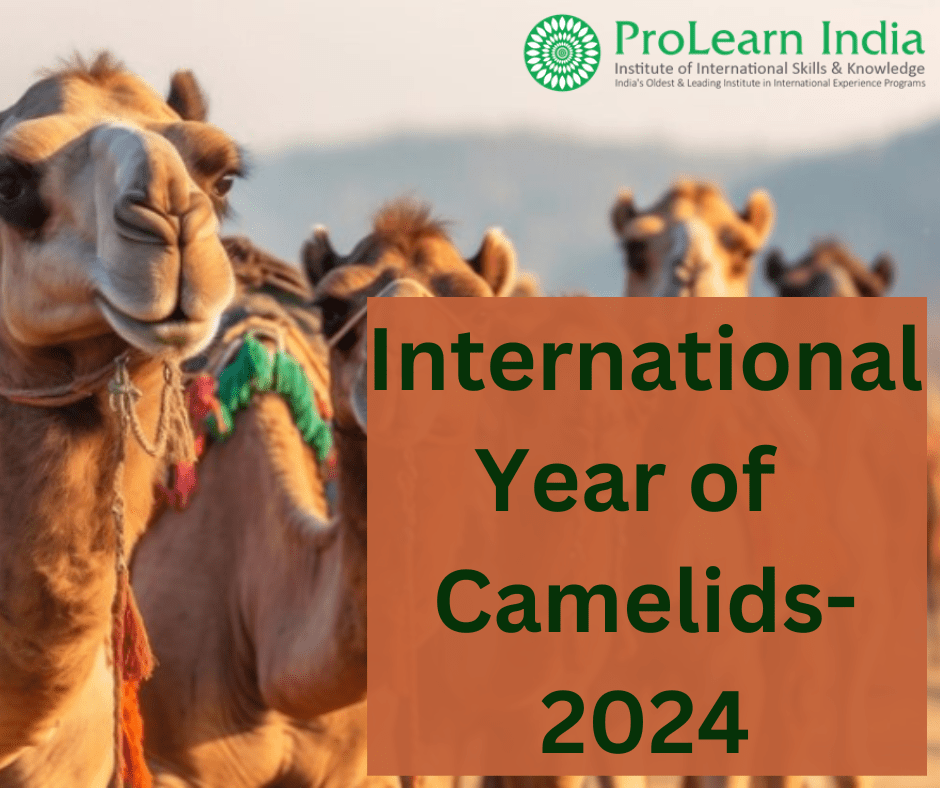Legends of the Highlands and Deserts: Camelids
The United Nations declared, 2024 the International Year of Camelids (IYC 2024). The official slogan for the IYC is Heroes of Deserts and Highlands: Nourishing People and Culture. Camelids are resilient and sustainable contributors to local economies.
The primary objective of the International Year of Camelids 2024:
Awareness and Investment -To raise awareness about the untapped potential of camelids and motivate to increased investment in their sector.
Advocacy for Research and Innovation: Entails to promote research, capacity development, and the adoption of innovative practices and technologies.
Also to highlights the crucial role camelids play in sustaining millions of households across more than 90 countries.
About Camelids
Camelids predominantly resides in harsh environments, contribute significantly to food security, nutrition, and economic growth. Moreover, they hold profound cultural and social importance for communities worldwide.
Camelids are strictly herbivorous, even-toed ungulate mammals that first appeared in America 45 million years ago. Noting that there are six living species of camelids, namely,
Dromedary camels & Bactrian camels are called as old world camels. Other than this Llamas, Alpacas, Vicuñas, Guanacos are called as new world camels.
Importance of Camelids
Camelids contribute for the subsistence for millions of poor families who live in the most hostile ecosystems on the planet.
Contribution to Sustainable Development Goals: Camelids play a vital role in achieving the Sustainable Development Goals (SDGs).
Source of Nutrition: By providing milk and meat also essential in combating hunger.
Fiber Production: Camelids produce fiber used for clothing and shelter.
Transportation and Agriculture: They use of transportation
Adaptability: Known for their ability to survive in harsh conditions.
Climate Change Awareness: Camelids symbolize resilience
There is urgent need to raise awareness of the importance of camelids for food security and ecosystem functions, and to promote actions that improve the management of camelids in order to contribute to the Sustainable Development Goals. (SDGs).
Source:



